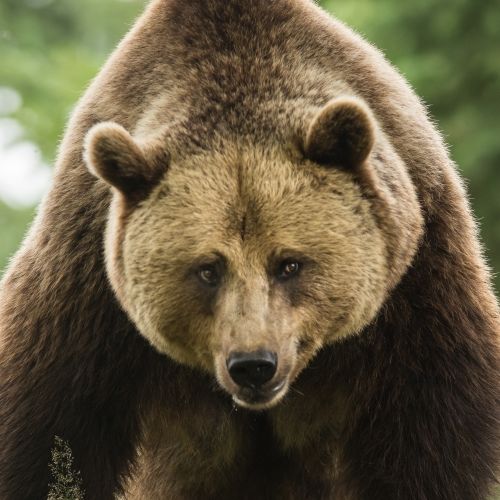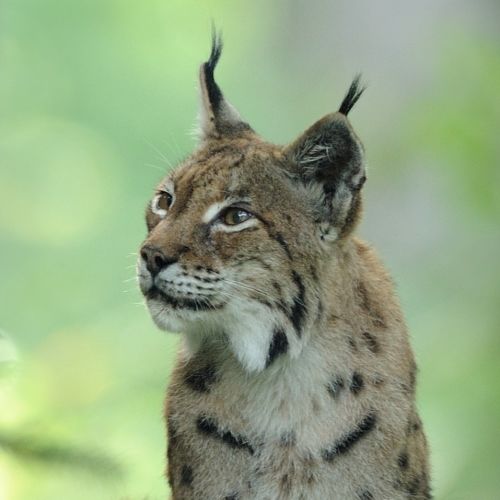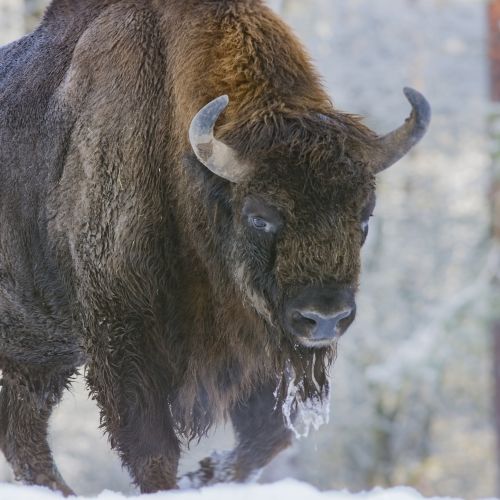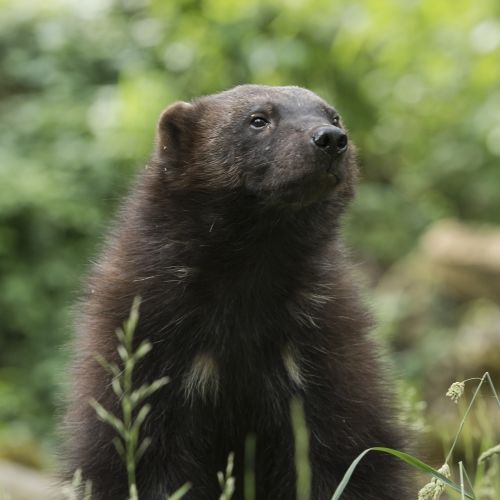The fallow deer
The crisp and fresh morning air fills the forest with its earthy fragrance. In the forest, delicate curls of mist rise in slender columns from the damp soil. Dramatic shadows appear, courtesy of the first golden rays of sunlight. Hidden behind a dense shrub, two small eyes shine brightly while watching nature's awakening. The tiny fawn is famished, he's impatiently waiting for its mother. The doe finally appears. Resembling a dancer, with her slight and elegant gait, the beautiful creature discreetly moves forward, weaving her way between the oak and poplar trees. And then, just as suddenly as she appeared, she disappears into the undergrowth.

Cervid with a mottled robe
The fallow deer is native to Asia minor and was introduced to Europe as a game animal and also to adorn and populate ornamental parks. In the wild, its population is quite small. Since time immemorial, it has been hunted by man for its tender and delicate meat.
The fallow deer is smaller than the red deer and larger than the roe deer. It also has antlers. Its flat, palmate antlers are shed in April/May and grow back each year.
The fallow deer is highly adaptable and can live in a variety of climates: it can stand the cold as well as the heat, and can live in Scandinavia or even in southern Spain, although its preferred habitat is the deciduous forest. The fallow deer is a sedentary animal that remains close to its place of birth, traveling little during its lifetime. It is a sociable animal that lives in same-sex herds, with the males forming small herds of maximum 6 individuals and the females living in larger herds with their fawns.
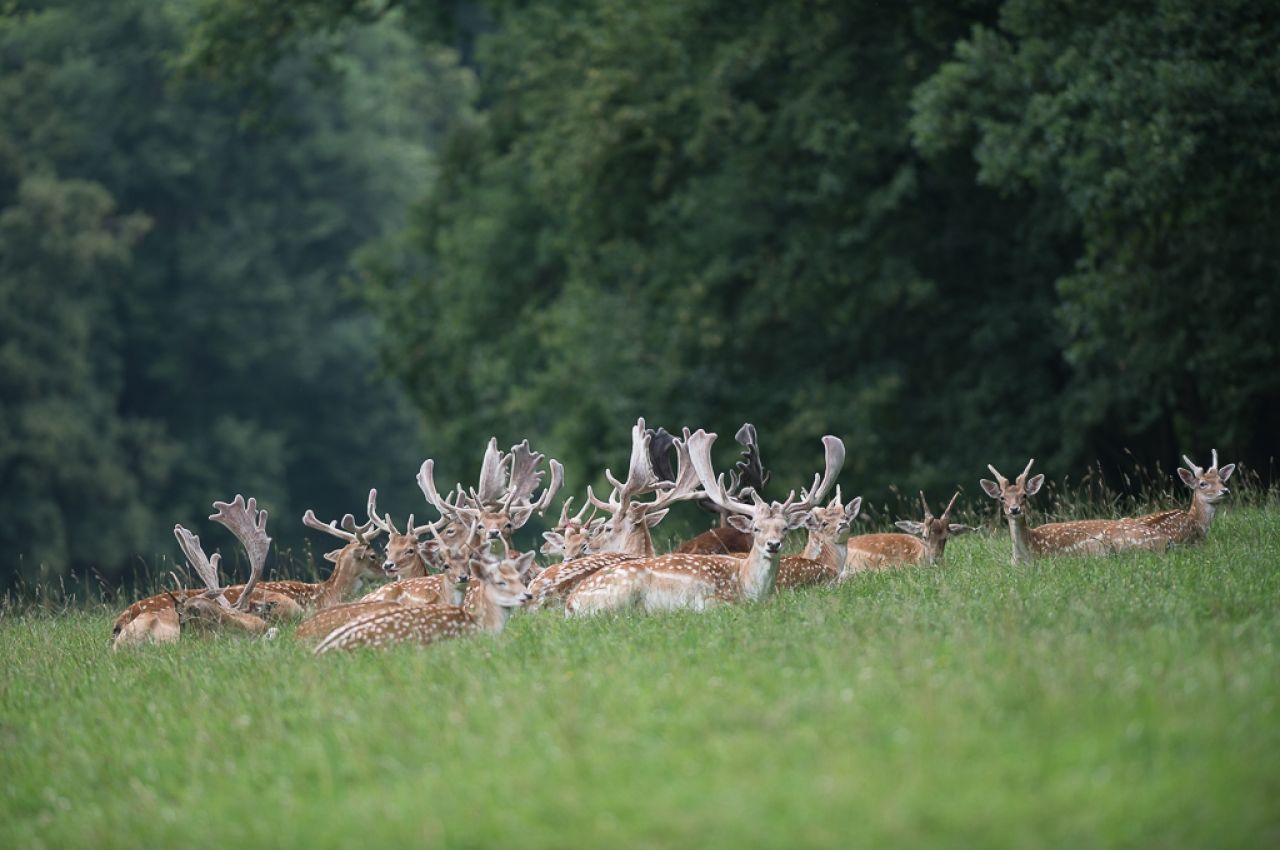
Reproduction
The male and female fallow deer only meet up during the mating season that starts in October. During this period, the bucks will fight each other for land (this territory is called the “arena”), using their antlers. Once it has conquered its plot of land, the buck awaits the arrival of the does, while producing a call or groan designed to attract the females. Once the females are in heat, the buck will mate with all of the females. The doe is only fecund for about 16 hours per year. Despite this rather short window of opportunity, the species has no trouble reproducing. 90 % of female fallow deer give birth to a fawn each year, after a 8 month gestation period. Unfortunately, the fawns' very first winter will take a heavy toll, decimating about 25 % of the young born during the year.
Did you know that?
When it feels threatened, the fallow deer executes a rather strange jump that is know as the “pronk”. This is when the animal leaps high in the air on all four stiffly held legs. It looks like the deer is mounted on springs... If the danger is confirmed, the deer runs away.
Most fallow deer have a tan or gy-brown coat mottled with white spots, but sometimes you can encounter deer with a totally black coat! These deers' life expectancy is shorter in the wild as their black coat does not allow them to blend in as well as the brown deer. Because they are easier to spot, they are easy prey.
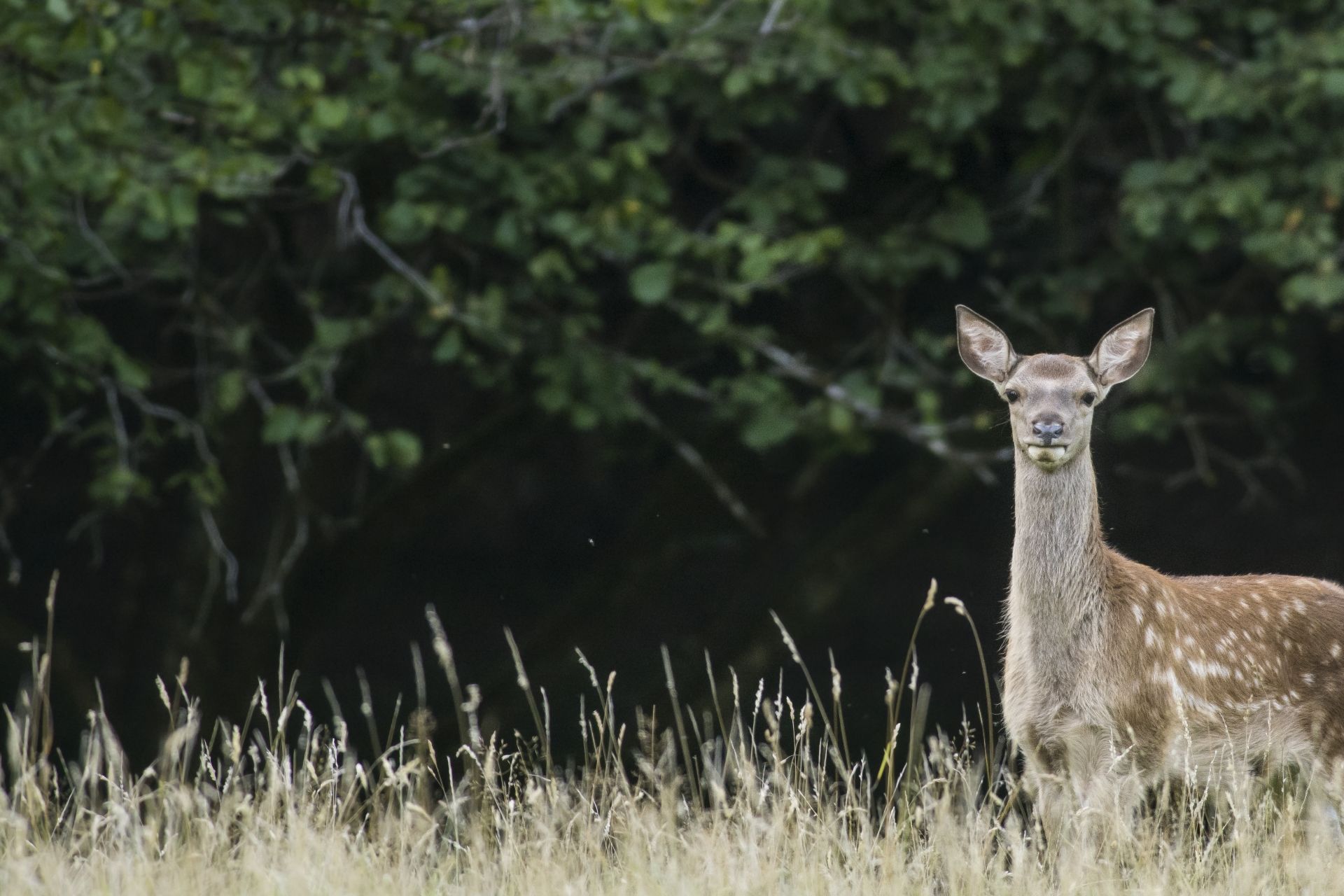
Discover the European Big 5
The bison, the wolverine, the wolf, the lynx and the brown bear
